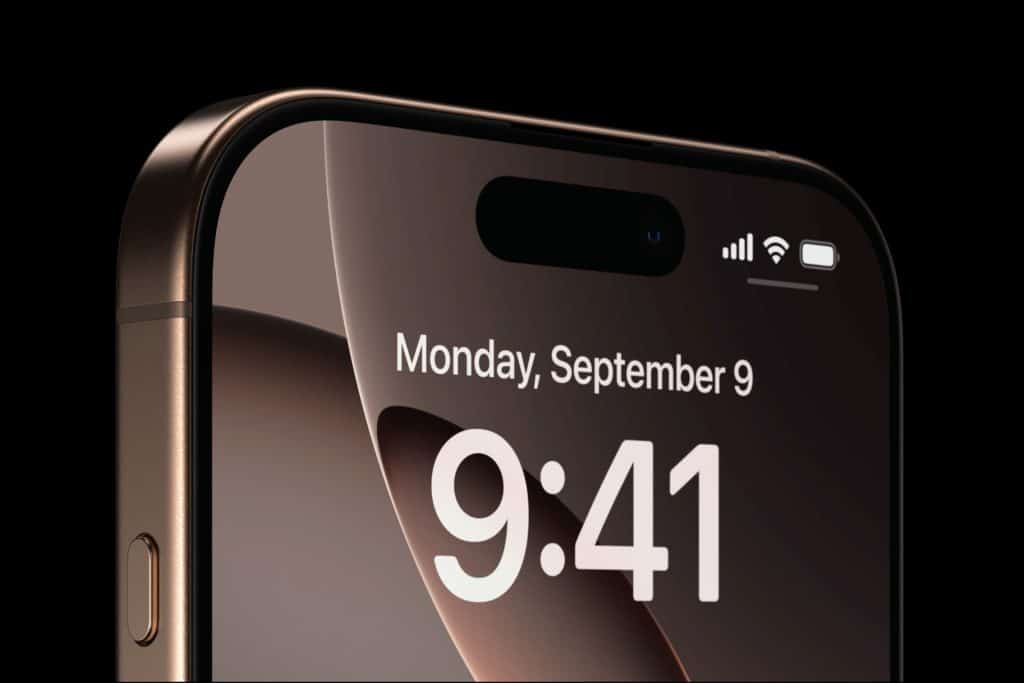For years, Apple has relied on Qualcomm’s 5G modems to power cellular connectivity in iPhones. However, Apple has been actively working on developing its own modem technology to reduce reliance on external suppliers.
The development of the Apple C2 modem is a crucial step in this transition. With each iteration, Apple is expected to refine its custom modem, ultimately replacing Qualcomm modems in all future devices.
Apple’s first-generation custom modem, known as the C1, was reportedly designed as a direct alternative to Qualcomm’s current chips. However, it faced developmental challenges and was not ready for widespread adoption.
Now, Apple is testing the Apple C2 modem, which is expected to deliver better efficiency, network reliability, and integration with the company’s silicon chips.
What to Expect from the Apple C2 Modem
1. Faster and More Efficient 5G Connectivity
The Apple C2 modem is expected to bring improvements in:
- Faster 5G speeds with optimized data transfer.
- Lower power consumption, improving battery life.
- Better handling of mmWave and sub-6GHz networks for stronger connectivity in various regions.
Apple’s deep integration of hardware and software could result in a seamless experience with more reliable cellular performance.
2. Improved Power Efficiency
One of the key areas Apple aims to improve is power efficiency. Current third-party modems, while powerful, often consume significant energy, impacting iPhone battery life.
The Apple C2 modem is expected to be optimized for Apple’s A-series and M-series chips, allowing for better power management without compromising speed.
3. Advanced Network Reliability
By designing its own modem, Apple can ensure:
- Stronger signal reception in low-network areas.
- Faster switching between Wi-Fi and cellular data.
- Enhanced connectivity in crowded areas like stadiums and airports.
This could make future iPhones even more reliable in challenging network conditions.
How the Apple C2 Modem Could Impact Future Devices
1. A Fully Integrated Apple Silicon iPhone
Apple’s ultimate goal is to completely control its iPhone hardware, including modems. With the Apple C2 modem, future iPhones could be built entirely on Apple’s custom silicon, enhancing performance, battery life, and seamless software optimization.
2. Potential Cost Savings for Apple
By eliminating the need for Qualcomm modems, Apple could save millions of dollars annually in licensing fees. These cost savings could:
- Allow for more competitive pricing on iPhones.
- Be redirected into R&D for new wireless technologies.
- Improve profit margins while maintaining high-end modem performance.
3. Benefits for iPad and MacBook Users
Apple has been working on integrating cellular connectivity into more devices, including future MacBooks and iPads. The Apple C2 modem could power future MacBooks with built-in 5G support, eliminating the need for Wi-Fi dependency.
Challenges Apple Faces with the Apple C2 Modem
1. Competing with Qualcomm’s Advanced Modems
Qualcomm has years of experience in modem development, and its Snapdragon X-series modems are currently among the best in the industry. Apple will need to ensure that the Apple C2 modem can compete in terms of speed, coverage, and efficiency.
2. Regulatory and Carrier Compatibility
Apple will have to navigate global regulatory challenges and ensure that the Apple C2 modem is compatible with major carriers worldwide. Achieving full certification and approval could delay the launch in some regions.
3. Meeting Apple’s High Standards
Apple is known for its strict quality control, and if the Apple C2 modem does not meet performance expectations, it may face delays or limited release in early models.
When Will the Apple C2 Modem Be Available?
1. Initial Testing Phase Underway
According to reports, Apple has already begun testing the Apple C2 modem. However, large-scale deployment will take time.
2. Expected Release in 2026 iPhones
While the C2 modem is currently in testing, it is unlikely to debut in the 2025 iPhone models. Instead, Apple is expected to integrate it into the 2026 iPhone lineup, possibly starting with high-end Pro models before expanding to all iPhones.
3. Gradual Rollout Across Apple’s Product Line
If successful, the Apple C2 modem could be integrated into:
- Future iPads with enhanced 5G capabilities.
- MacBooks with built-in cellular connectivity.
- Other Apple devices requiring high-speed wireless performance.
The Future of Apple’s Wireless Innovation
The Apple C2 modem represents a major step forward in Apple’s wireless technology strategy. By developing its own modem, Apple aims to:
- Reduce reliance on Qualcomm and other third-party suppliers.
- Improve performance, battery life, and 5G capabilities.
- Create a more integrated, Apple-controlled network experience.
Although the Apple C2 modem is still in its early stages, it has the potential to redefine how iPhones and other Apple devices connect to wireless networks. With an expected rollout in 2026 or later, Apple is taking a bold step toward self-sufficiency in wireless technology.
As testing continues, more details will emerge about how Apple’s custom modem technology will shape the future of its devices.
